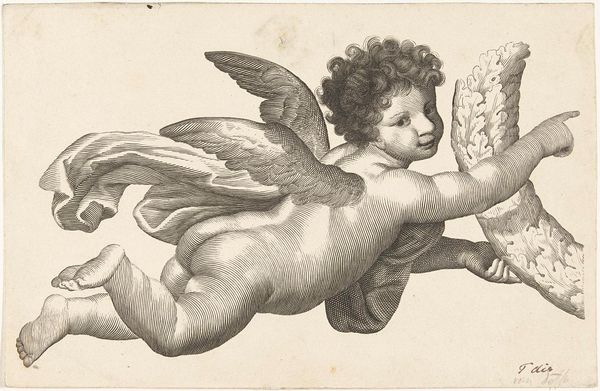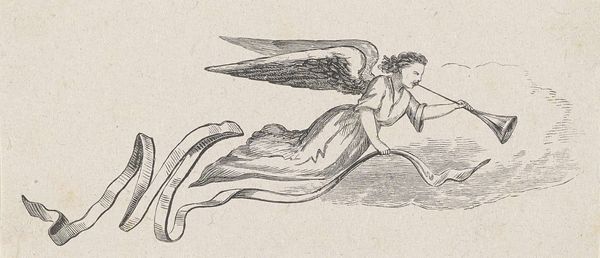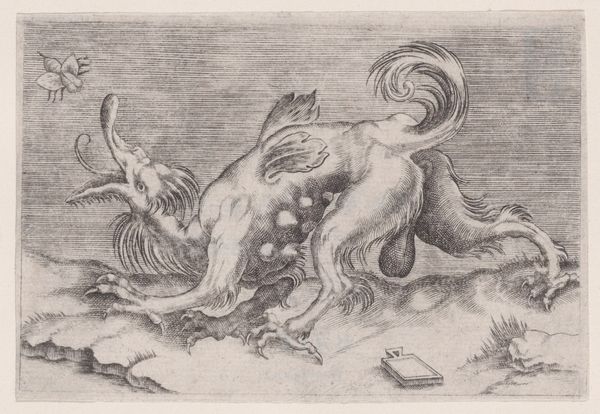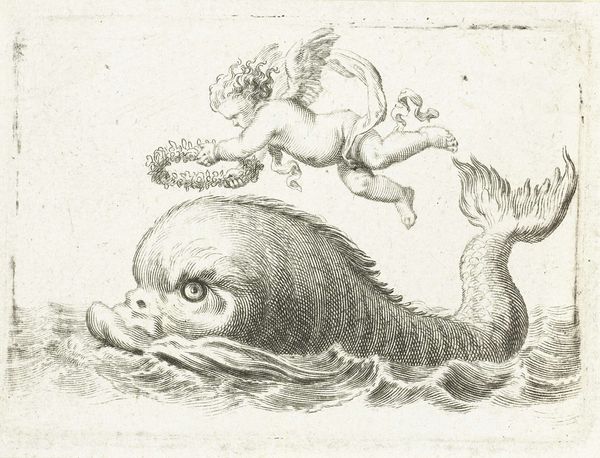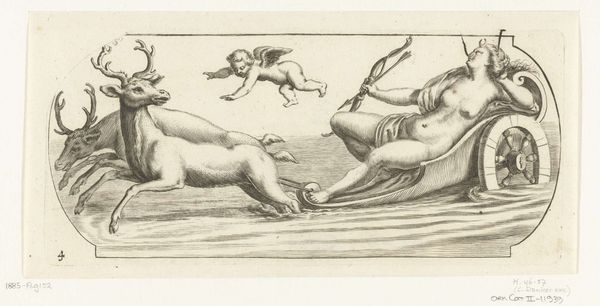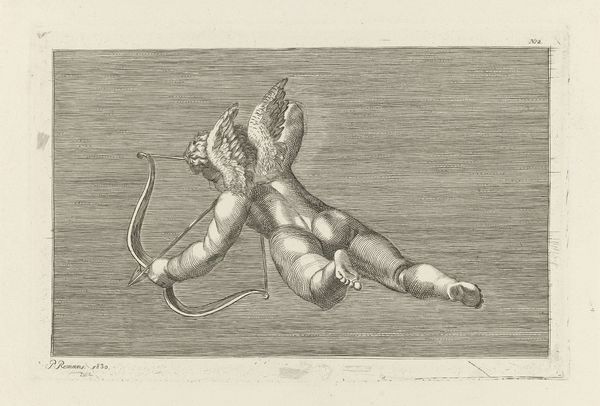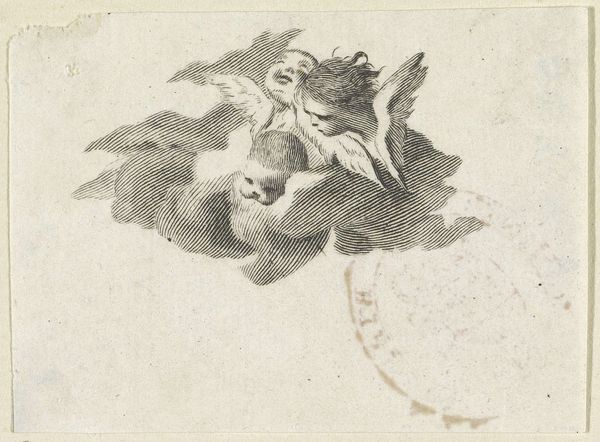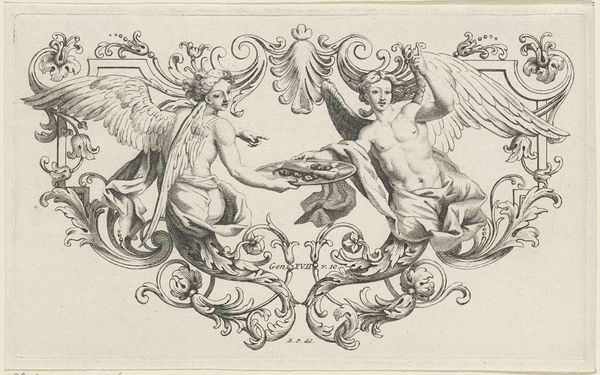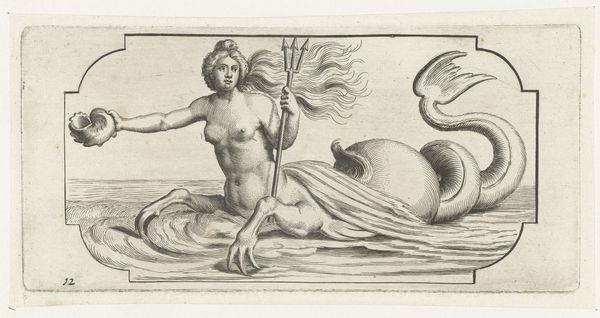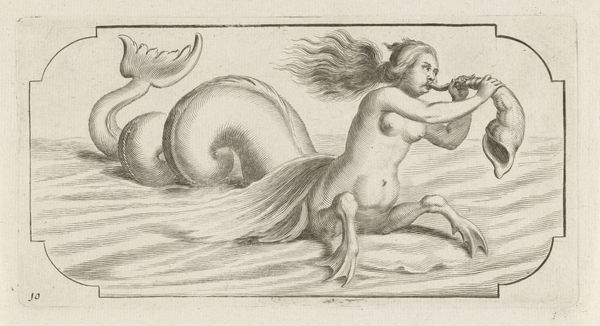
drawing, pencil
#
portrait
#
pencil drawn
#
drawing
#
pencil sketch
#
figuration
#
pencil drawing
#
romanticism
#
pencil
Dimensions: height 192 mm, width 265 mm
Copyright: Rijks Museum: Open Domain
Curator: Ah, yes, this drawing titled 'Wijzende putto', or 'Pointing putto' in English, by Pieter Romans, dates to around 1825-1835. It's a pencil drawing, a fairly classic example of Romantic figuration. Editor: The first thing that strikes me is the line work. It's incredibly delicate and precise, but the figure still seems… unfinished, somehow. Almost like a dream half-remembered. Curator: Exactly! The Romantic period was fascinated with the ephemeral and the sketch format suited this interest perfectly. A putto, or cherub, is of course a frequent motif representing divine love or guidance. The act of pointing then could be seen as directing us toward something greater, something perhaps just out of reach. Editor: Or maybe just indicating where to find the best pastries! You know, the way his arm is extended, it's like he's caught mid-flight, suspended between earth and sky, and inviting you to follow his lead. There’s something delightfully absurd about a cherub advertising…something? Curator: The image indeed invites layers of interpretations. It seems as if Romans sought to explore not only aesthetic ideals but also deeper, often contradictory emotional states. The visual symbol of the putto underwent many transformations during the romanticism period, which took place during this artwork’s production. Editor: Do you think the incompleteness plays into that too? It’s as if even the divine is in process, still searching. I also see some signs of Neo-Classicism with its clean lines and formal design. Curator: Quite perceptive! The work incorporates many Neoclassical features to the traditional romantic style. Perhaps a demonstration of his awareness to both aesthetic practices, and commentary on their respective goals through the fusion of styles. Editor: I still want to know what the putto is pointing at! But I guess that's the fun of it, isn’t it? Finding your own answer. Curator: Indeed. Perhaps that open-endedness is precisely what makes the artwork endure. It offers a space for our own projections and desires. Editor: It certainly does for me. I see cake! Curator: I guess to each their own cake.
Comments
No comments
Be the first to comment and join the conversation on the ultimate creative platform.

